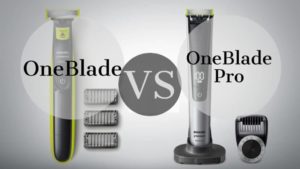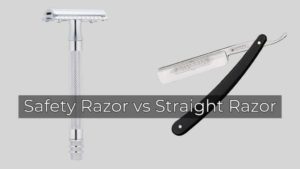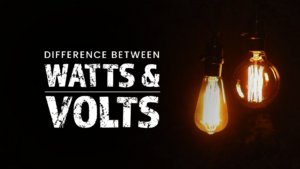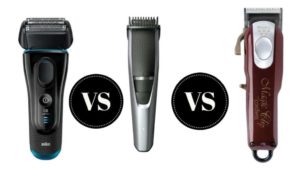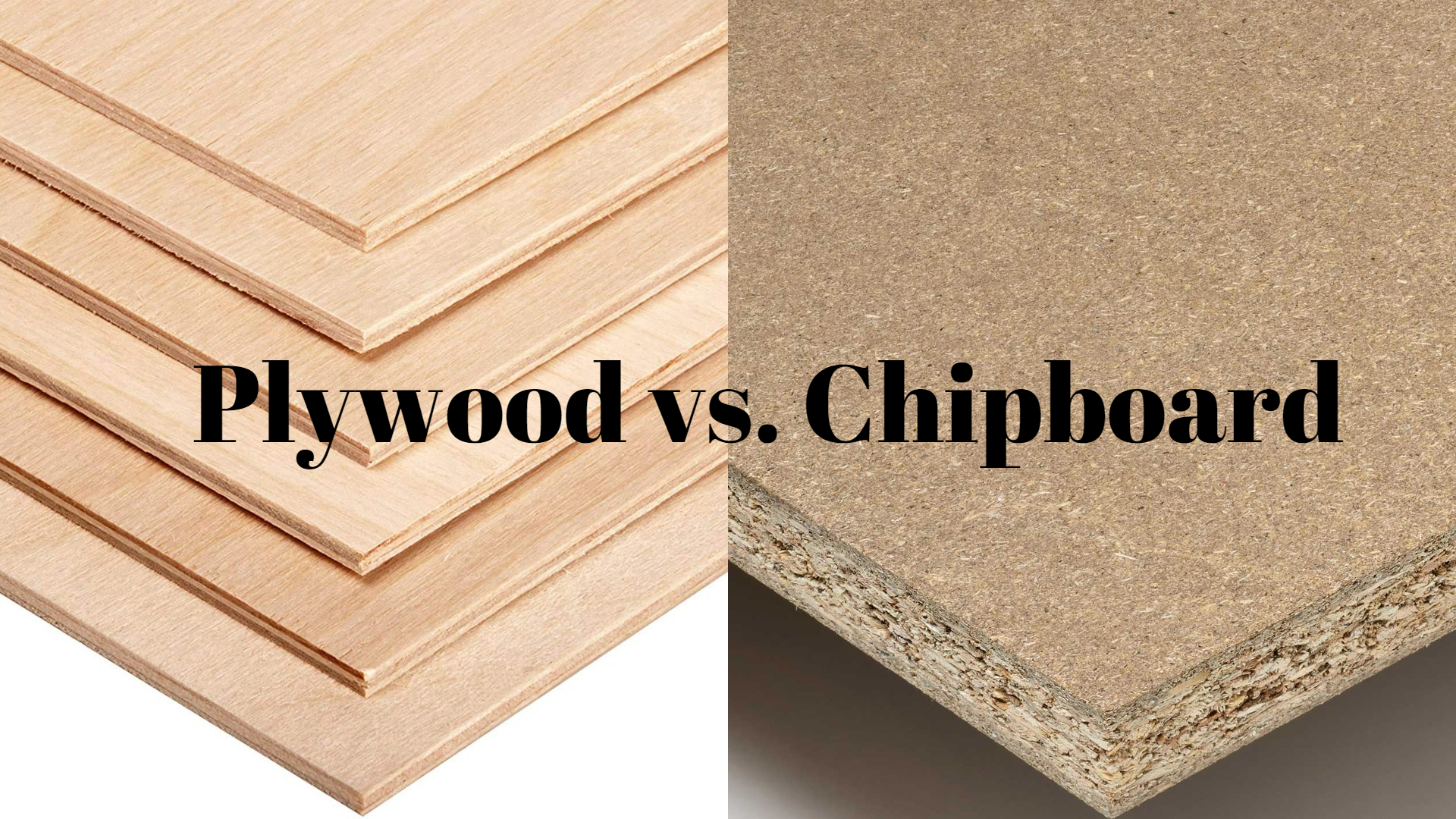
Generally, most people are likely to conclude that if you choose between plywood and particleboard, the former wins.
Particleboard, however, does not lack its advantages over plywood. Let’s look at the differences between these materials and find out which one will win the match – plywood vs. chipboard!
Plywood vs. Chipboard: What are They Made of?
One of the main differences between plywood and chipboard is their composition. Plywood is made from thin sheets of perpendicularly glued veneer under heat and pressure.
Chipboard – lives up to its name: chipboard, consisting of tiny particles or chips, which are also glued and pressed under the influence of heat.
Which is Stronger and more Durable?
Plywood has a particular structure, which determines its strength, is stronger and more durable than chipboard.
In addition, the composition of modern adhesives used in the production of plywood gives plywood additional strength and durability.
Which has a Smoother Surface?
Although plywood is stronger, chipboard surfaces are smoother. The surface of the natural wood structure, which gives the plywood its strength, is not perfectly smooth. And even sanded plywood cannot match the smoothness of the particleboard surface.
The chipboard allows decorative laminates and other finishing materials to give the finished product a smoother look thanks to its smoother surface.
Which is Easier to work With?
Whether you are driving a nail or screwing a screw into plywood, you can be sure that they will hold tight. At the same time, the softer and more brittle structure of particleboards can poorly have fasteners and may deteriorate over time.
Which Material is Lighter?
Plywood sheets are also much lighter than particle boards. They are easier to carry and easier to transport. Weight also matters when you are making a wall cabinet or furniture on wheels. Being heavier, such furniture, made exclusively from chipboard, can collapse under the influence of its weight.
Which One is the Best Moisture Resistance?
If the structure expects to be exposed to significant moisture, it is better to use plywood rather than chipboard.
Regular plywood is not entirely water-resistant – although FSF plywood practically fits this criterion, particle boards are much worse. Since chipboard swells and expands easily when exposed to moisture, they lose most of their strength when this happens. Worse, chipboards that swell with moisture become heavier, and this increases safety risks.
Which is More Economical?
Despite all the advantages of plywood, the fact that chipboard is cheaper makes it still very popular among furniture manufacturers. Chipboard usually costs about half or more less than plywood or hardwood.
Price is one of the essential considerations in any project that involves engineered wood products or furniture.
Which is More Environmentally Friendly?
Strictly speaking, Plywood is an environmentally friendly product. But it just so happened that the chipboard is even more environmentally friendly. Because particle boards are made from logging waste, on the other hand, Plywood consists of veneer and requires wood of a certain quality for its production.
Now you can take a closer look at your project, consider the advantages and disadvantages of plywood and particleboard, and choose the best one for you.

